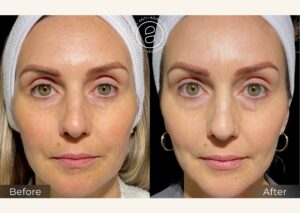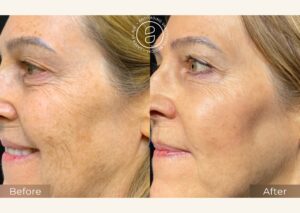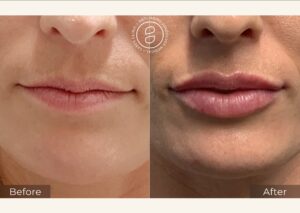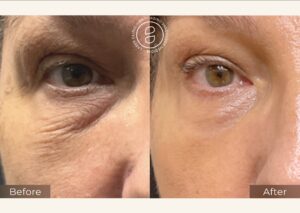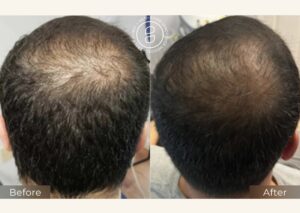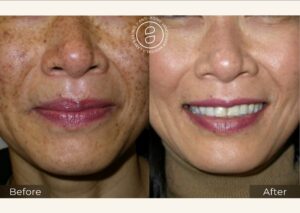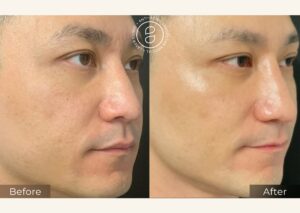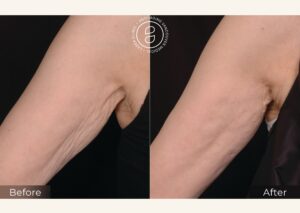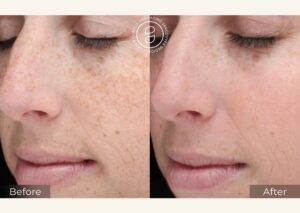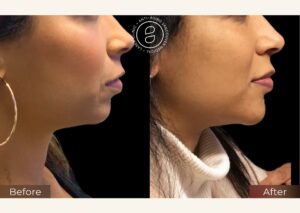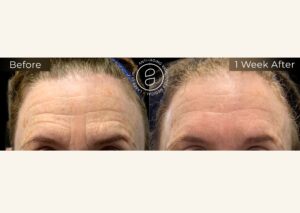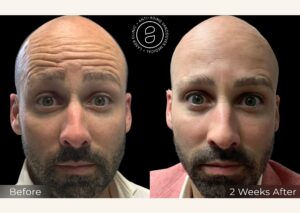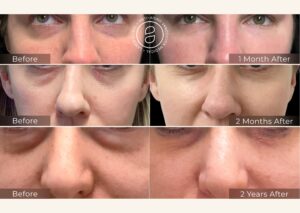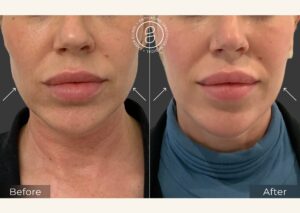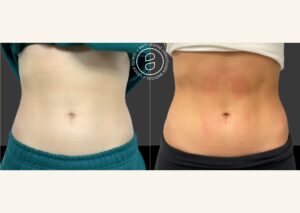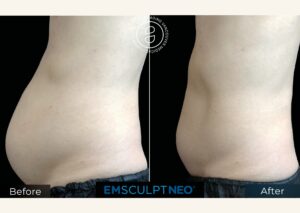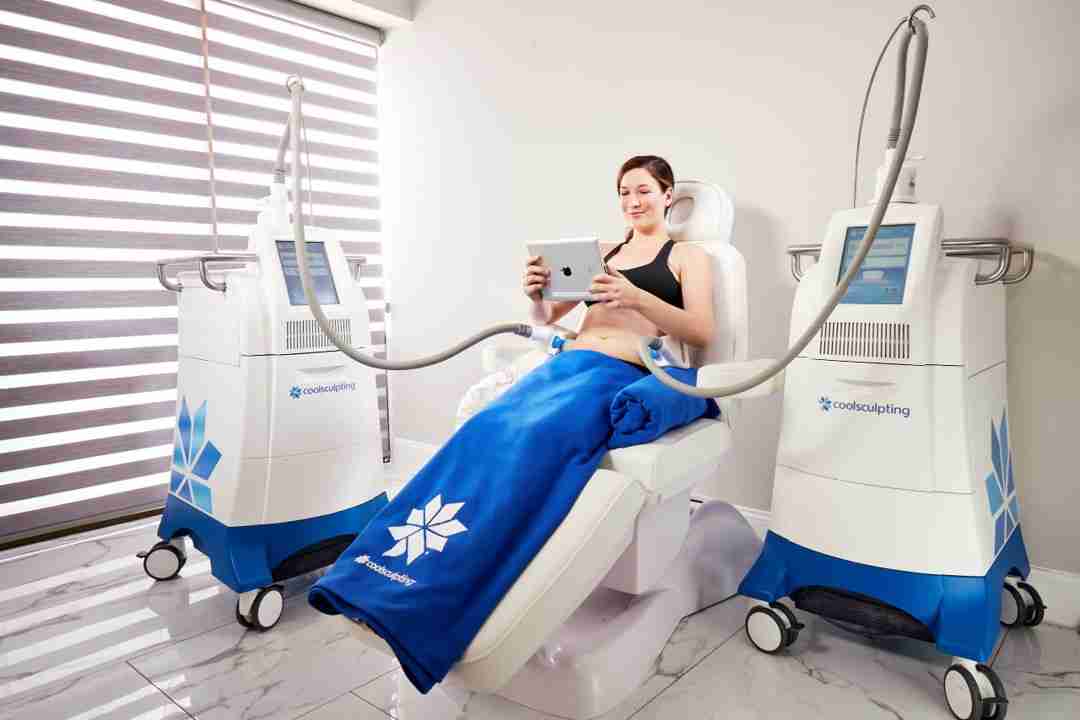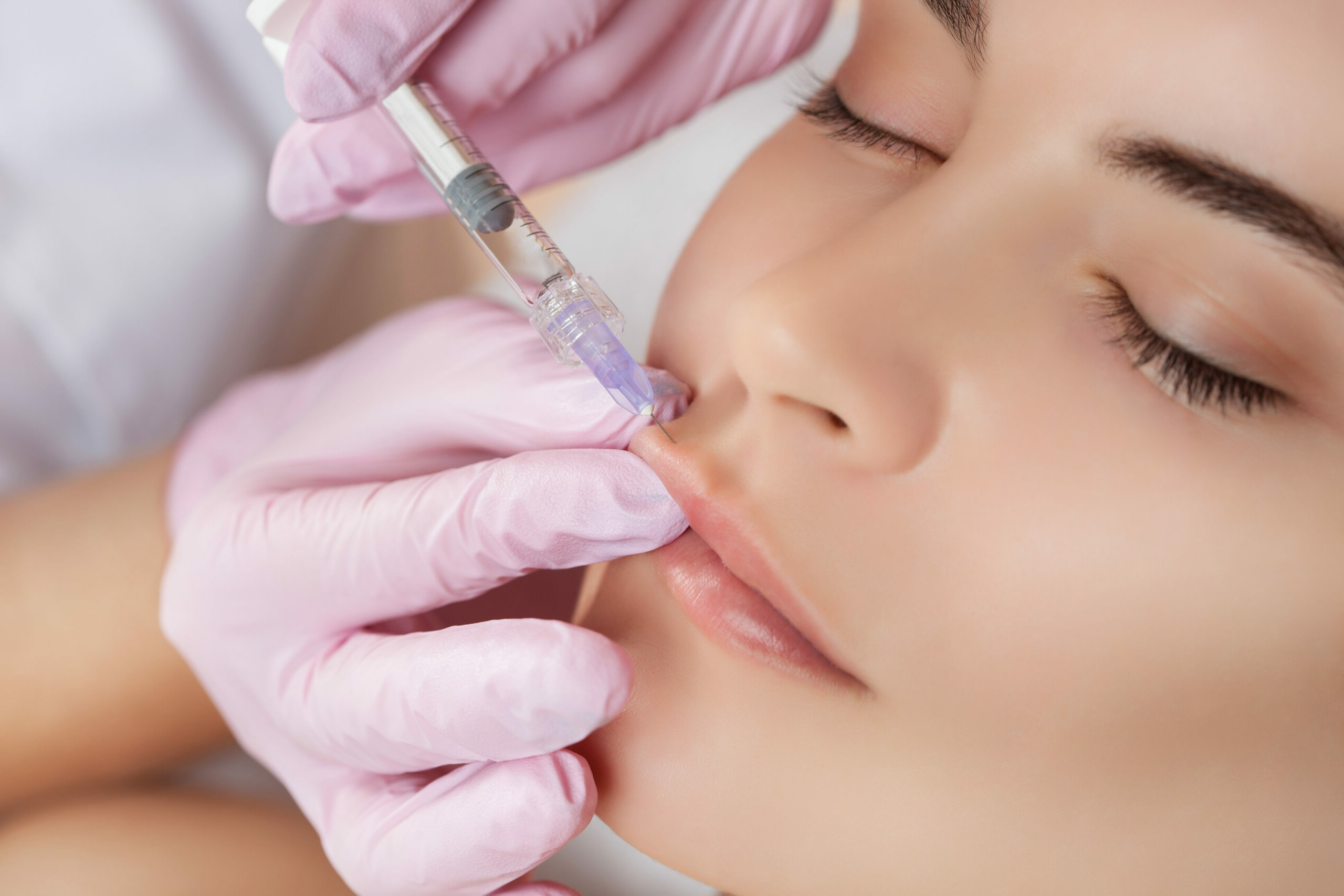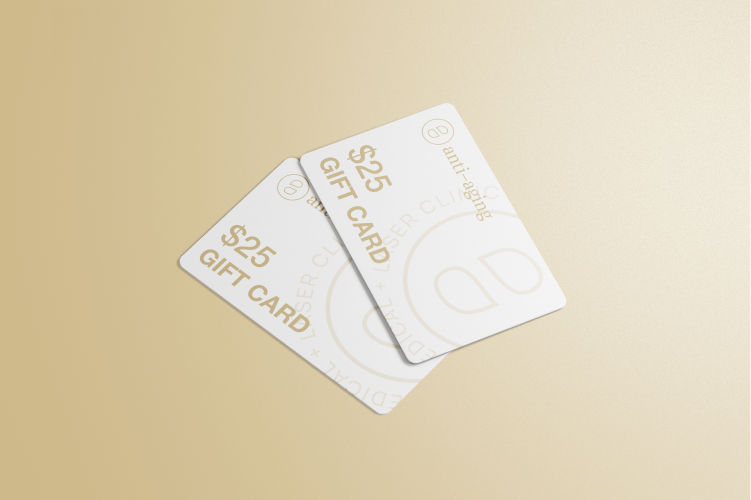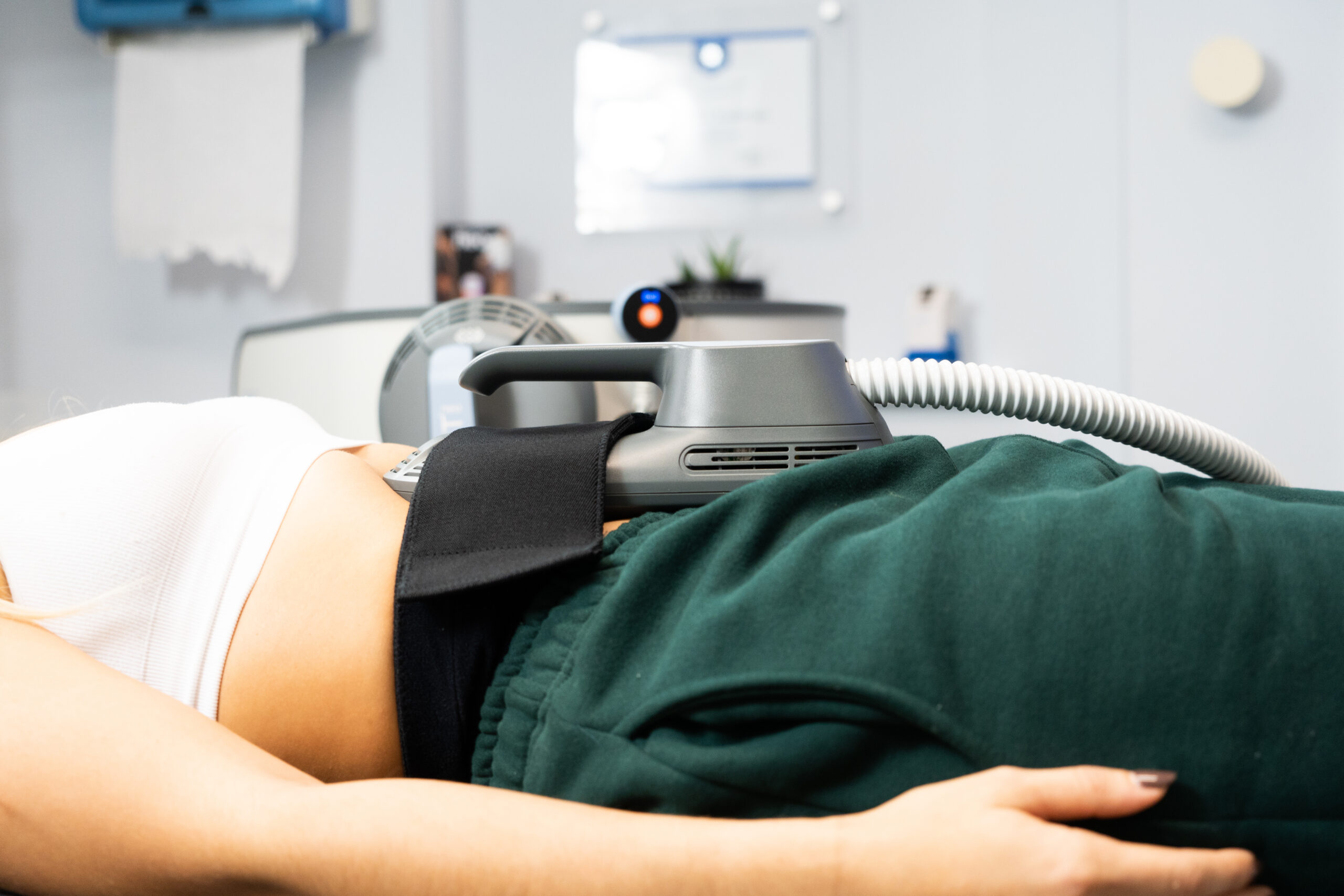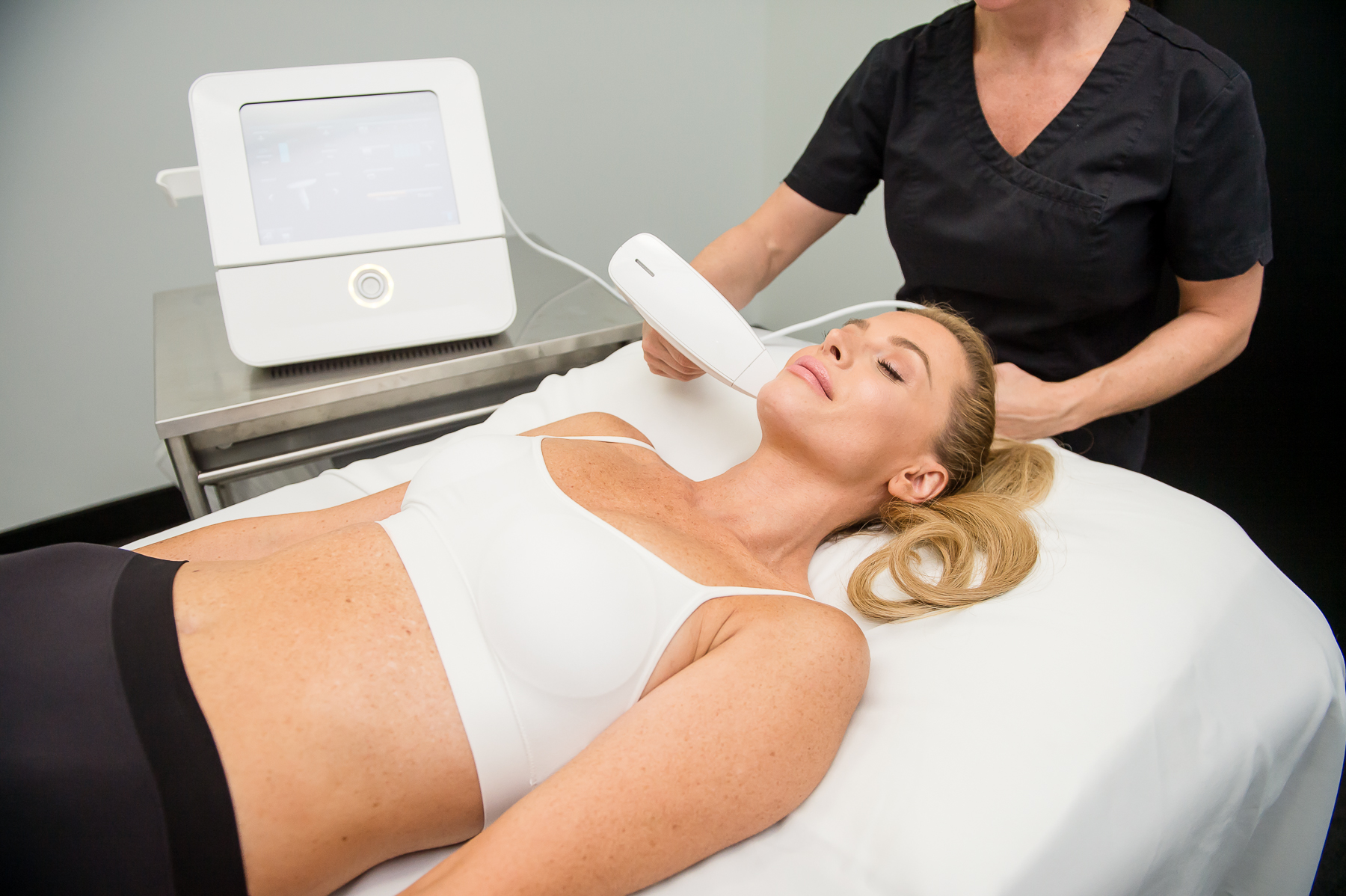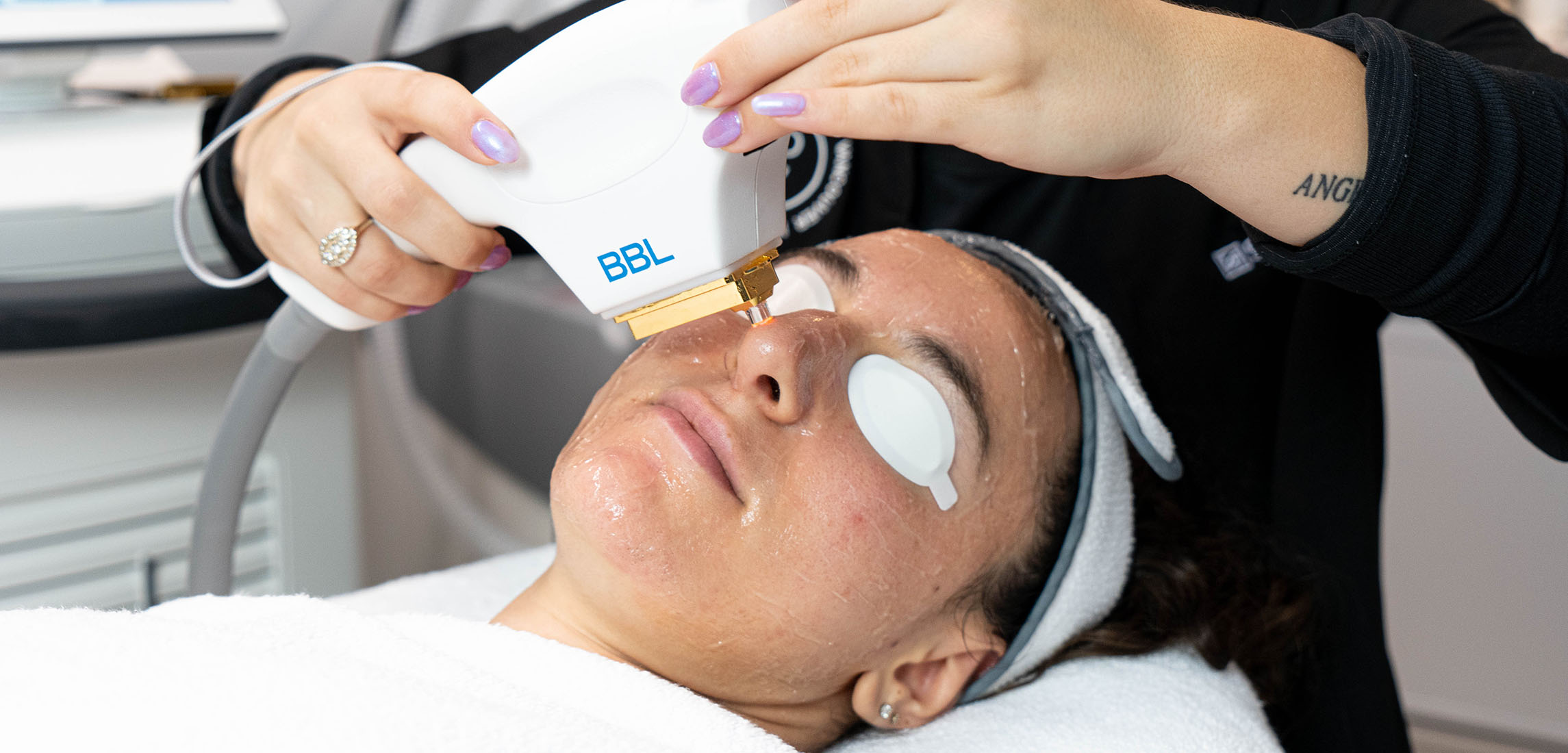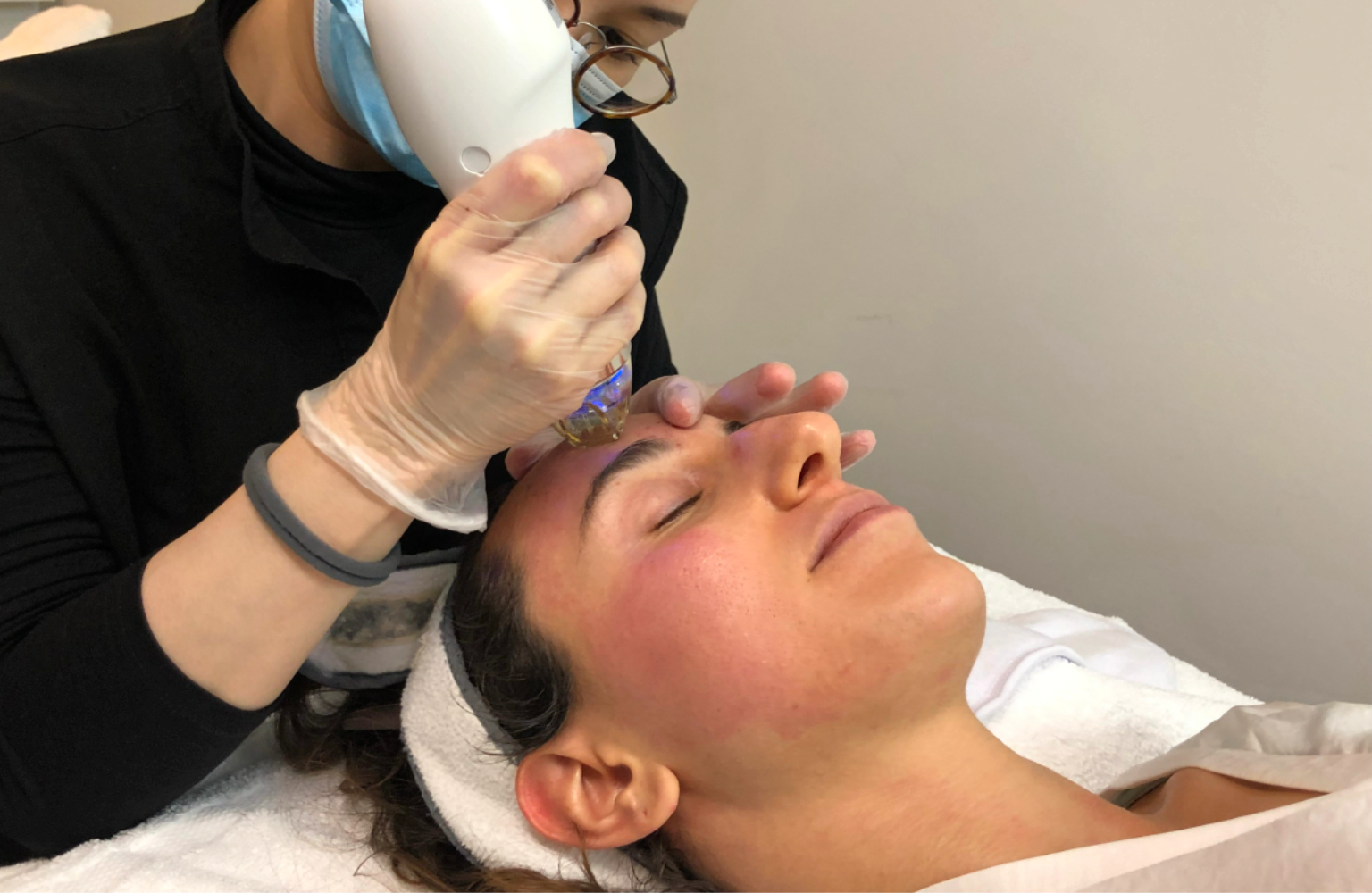Episode 5: Regenerative Musculoskeletal Injections
In this episode, Dr. Fisher discusses regenerative joint and musculoskeletal injections and their relevance to anti-aging. Different types of injections are covered, including cortisone injections, hyaluronic acid injections, prolotherapy injections, and PRP (platelet-rich plasma) injections. The pros and cons of each type of injection and the appropriate use for each are discussed. Tune in to learn of these regenerative injections are for you.
For more information or to book an appointment with Dr. Fisher, feel free to book your consultation online or phone 604-261-9121.
Book Consultation
Latest Episodes
Today’s Guest
Dr. Teri Fisher
Dr. Teri Fisher is a physician who combines his meticulous and scientific approach with his artistic eye and skilled dexterity to provide outstanding results for his patients. He is known for connecting with his patients to understand their needs and leaving them feeling healthy, confident, and empowered with improved “Health Esteem.” Dr. Fisher has BSc, BEd, MSc, MD, CCFP (SEM) degrees and is a specialist in Aesthetic Medicine, Sport & Exercise Medicine. He is also a clinical assistant professor at the University of British Columbia and host of the “Anti-Aging Insights Podcast”. He is also a member of the Canadian Association of Sports & Exercise Medicine, Canadian College of Family Physicians, and Canadian Medical Association.
Key take aways
- In this episode, Dr. Teri Fisher discusses regenerative joint and musculoskeletal injections for chronic joint and musculoskeletal pain.
- There are different types of injections that can be used, including cortisone injections, hyaluronic acid injections (viscosupplementation), prolotherapy injections, and PRP (platelet rich plasma) injections.
- Cortisone injections are a strong anti-inflammatory and can be effective in reducing inflammation and pain, but are temporary and do not address the underlying condition.
- Hyaluronic acid injections are used to lubricate joints and can be effective in treating knee osteoarthritis, as well as ligament injuries with new types of hyaluronic acid designed specifically for ligaments.
- Prolotherapy is a regenerative type of injection that uses dextrose to stimulate the body’s natural healing process and can be injected into tendons and ligaments to help repair them.
- PRP injections involve drawing a patient’s blood, isolating the platelets and growth factors, and injecting them into the injured area to promote healing and tissue regeneration.
- It is important to consult with a trained healthcare provider to determine the appropriate type of injection for each individual case.
Resources
- www.antiagingvancouver.com
Teri Fisher: Hello, and welcome to episode number five. This episode is a special one. It’s just me. It’s Dr. Fisher, Dr. Teri Fisher. And this episode is all about regenerative joint and musculoskeletal injections. If you have, or if you’ve ever had, or if you know someone that has a nagging injury, some chronic joint pain, maybe some ongoing rotator cuff pain in the shoulder, maybe an ankle sprain, maybe tennis elbow or golfer’s elbow or a wrist problem, a knee problem, etc, etc, etc, this episode is for you.
Teri Fisher: I ‘want to talk a little bit about some of the different types of injections that we can do to help you to deal with the pain, improve function, improve mobility, and get you back to doing the things that you love to do. Now why is this relevant to anti aging? Well, anti-aging is all about maintaining our health, maintaining our lifestyle. And when you have chronic joint pain or chronic musculoskeletal pain, this can certainly have an impact on our lifestyles. And there are certain types of injections that truly are regenerative. The injections encourage the body to repair the tissues. And I want to get into today a little bit, the different types of injections that we can do. And maybe tell you a little about which injections are appropriate for what, what are the pros and cons of each one, and all there is to know about these different types of injections.
Teri Fisher: Let me start off by telling you about the different types of injections that we’re going to cover. I’m going to cover cortisone injections. I’m also going to cover hyaluronic acid injections. We are going to cover Prolotherapy injections, and we’re going to cover PRP or platelet rich plasma injections. And these are all different things that you can use, of course under the right circumstances, to help with your pain, your mobility, your function, as I stated earlier.
Teri Fisher: So let’s talk a little bit about each one of these. Let’s start with the cortisone injection. Now a cortisone injection is something that most people have heard of. Cortisone on its own is a very strong anti-inflammatory. And so if there is chronic pain going on somewhere, and of course are exceptions to these generalized statements that I’m going to be making. This is why it is very important to consult with a trained healthcare provider with regards to these different types of injections. But nevertheless, generalizing here, cortisone, because it is a very strong antiinflammatory, when you inject it into a tissue, it reduces the inflammation and it can reduce that pain. Cortisone tends to be a temporary thing though, because it’s not actually addressing the underlying condition. Now, sometimes that cortisone is very effective. And when the inflammation is reduced, that goes a long way to treating the underlying condition, but it’s not actively targeting the tissue, so to speak. So cortisone can be very effective for certain things. Probably the most common uses of cortisone right now are for shoulder pain, knee pain, but many, many other areas of the body can be targeted with cortisone. Cortisone is typically injected into a joint or around a tendon, but not directly into a tendon or ligament. We have other types of injections for that. So that’s your cortisone.
Teri Fisher: Then we go up to hyaluronic acid. Now hyaluronic acid is often referred to as viscosupplementation and it’s a type of substance that really acts as a lubricant for a joint. It’s got some nutrients in it as well. And the hyaluronic acid is often used to inject into joints. So a very common use for hyaluronic acid is knee osteoarthritis, where you inject it into the knee, the knee that’s getting worn down, the cartilage is getting rough, and you inject this viscosupplementation, and it helps to lubricate the knee and it’s very effective at taking away the pain. Now, very very recently, there is a new type of hyaluronic acid, which has been specifically designed to target ligaments. And that means that you can now use hyaluronic acid, for example, on an ankle sprain. What is an ankle sprain? By definition, an ankle sprain is an injured ligament in the ankle, and you can use a specific type of hyaluronic acid around the ligament to help with the recovery of that ankle sprain. Similarly, it can be used for things like tennis elbow and many, many other ligament injuries. So this is really neat because this is a new type of treatment that we can use specifically targeting the ligaments.
Teri Fisher: Now, if we move on to prolotherapy. Prolotherapy is very interesting because now we’re getting into the regenerative type of injections. And just for the record here, the two different types of regenerative injections that we’ll talk about here are prolotherapy and PRP, platelet rich plasma injections. Let’s talk a little bit more about prolotherapy.
Teri Fisher: So what is prolotherapy? Prolotherapy is an injection of dextrose. Literally it’s a type of sugar and you inject that into multiple places. So you can inject it into a joint. You can inject it into a tendon. You can inject it into a ligament. These are things that you can’t do with cortisone, for example. Specifically, we’re talking about tendons or ligaments. What does it do? When you inject dextrose into a tendon or ligament or anywhere for that matter, the dextrose causes the body to have a response where it actually then recruits growth factors to help heal, treat the affected tissue. This is why it’s called a regenerative injection because it is actually targeting the tissue and encouraging the body to repair itself. It’s not just taking away the pain, it’s actually encouraging the body to repair itself. That’s the key. Now the thing with prolotherapy though, and it’s something to be aware of, is that if you choose to go ahead and get a prolotherapy injection, it’s not just one treatment. Typically prolotherapy treatments are done as a series and some of them can have some effects on the first one, but most typically, more times than not, you’re going to be requiring 3, 4, 5, 6, maybe more treatments. And they’re done typically a couple of weeks apart. However it’s very effective when it comes to treating these types of injuries. What I should say is prolotherapy, although there’s mounting evidence that it is beneficial, it is still technically considered an experimental treatment. So something just to be aware of, and this is why, again, it’s so important to be able to consult with a physician about the appropriate uses of these injections.
Teri Fisher: Now the other type of regenerative injection that I want to speak about is PRP or platelet rich plasma. Platelet rich plasma is a type of injection where you have blood drawn from you. So it’s your own blood. That blood, as you may know, is made up of different components. There’s the red blood cells. There’s white blood cells. There’s the actual serum or the liquid part of the blood. And there’s platelets. Platelets have a very important function in clotting our blood when we cut ourselves for example, but they also have an extremely important function when it comes to growth and healing and growth factors. What do we do with this blood that we’ve drawn from someone, from you? We take that blood and we put it into a centrifuge, and that centrifuge, spins that blood at a very, very high speed. What that ends up doing is it ends up splitting the blood into its components. So we get the heavier things that go down to the bottom of that test tube, where your blood has been collected. And we get the lighter things at the top. What that allows us to do is to then extract the platelet rich plasma, the liquid that has the platelets in it, and then we can inject that directly back into you, into the patient in different areas. So it could be in a joint. It could be in a tendon. It could be in a ligament. And what this is doing, we are now giving a very high concentration of platelets into the damaged or injured tissue. The platelets, as I mentioned earlier, they actually have a crucial rule in healing, growth factors. And so the platelets give off these growth factors and now the body again is being encouraged to actually repair the tissue that is damaged. So that is why, prolotherapy and PRP are the two regenerative injections and they have an extremely important role when it comes to anti-aging medicine as well, because these types of injections help you to get back to what you enjoy doing, to help you have less pain to help you have mobility, and to help you enjoy the activities that you want to be doing on a daily basis.
Teri Fisher: Now, one of the things I want to mention with regards to these injections is that typically the injections are not the first thing that you would try when you injure yourself or when you have pain. There are lots of other non-invasive types of treatments, whether it’s antiinflammatories, whether it is physiotherapy, whether it’s bracing, orthotics, etc. But if you have tried those things, and they haven’t worked, or you do want to try some of this regenerative type of medicine, then by all means these are things that you could be considering. Now again, there are some subtleties among the different types of injections in terms of which tissues are appropriate for the injection, which injection is appropriate for the condition, and lots of other factors like that. There are pros and cons to the different injections, and so this again is really important to consider when you’re going to look for someone to administer these injections.
Teri Fisher: Having said that, if you were interested in booking an appointment with me at Anti-Aging, we offer all these injections that I just spoke about, at the anti-aging clinic. As you may know, I’m a sports medicine physician, and I’ve done a lot of training in injections, ultrasound guided injections, and it is my pleasure to be able to now offer these to you and to the community at Anti-Aging Medical and Laser Clinic. This is a brand new offering since I’m relatively new to the clinic. This is something that they were not able to offer before. And now that I am there, I am thrilled to be able to provide these services, and it’s something that quite frankly I really enjoy doing. So again, if you’re interested, please feel free to reach out to Anti-Aging at AntiAgingVancouver.com. You can also get the links through my personal website at DrTeriFisher.com, D R T E R I F I S H E R.com. And I look forward to seeing you at the clinic.
Teri Fisher: Thanks so much for tuning in and as always, if you have any comments, questions about this episode, feel free to reach out to me. I’m also on Instagram at @DrTeriFisher. D R T E R I F I S H E R. And of course, if you found this useful, please consider passing this show on to whomever you may know that may benefit from this. That would mean a lot, and it also helps to get the word out about the podcast as well. So with that being said, thanks so much for tuning in to episode number five.
Teri Fisher: I look forward to speaking with you again next week. Be well and take care.
About the Show
Anti-Aging Insights Podcast
Join renowned Anti-Aging, Aesthetic, and Sport & Exercise physician, Dr. Teri Fisher, as he explores the latest news, treatments, technologies, research and developments in non-surgical cosmetic and anti-aging medicine. Throughout each episode, Dr. Fisher is your guide to help you understand what you can do to look and feel amazing, and to improve the quality of your life today and tomorrow. He breaks down the medical evidence to determine what works (and what doesn’t) to help you better understand the world of aesthetic medicine. Dr. Fisher interviews experts and leading practitioners in the field to discuss the latest strategies and techniques for maintaining health and wellness as we age. Whether you’re looking to improve your physical appearance or overall well-being, this podcast has something for anyone who is interested in maintaining their health, youth, and vitality as they get older.
Please note: This podcast is for informational purposes only and is not intended to be a substitute for professional medical advice. Always seek the advice of your qualified healthcare provider before starting any treatment.
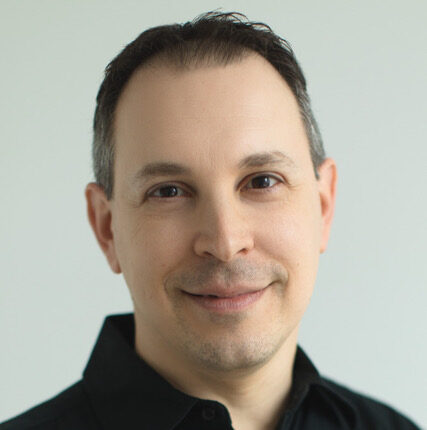
Dr. Teri Fisher is an Aesthetic and Sport Medicine Physician, and a Clinical Assistant Professor at the University of British Columbia. He has been a podcast host for over 10 years and is particularly known for his approachable, thoughtful, and friendly manner. It is through his aesthetic medicine practise that Dr. Fisher combines his passions for art, science, and technology. For more information about Dr Fisher, please click here.
Book Your Initial Consulation in 3 Simple Steps
- Enter your details and areas of concern.
- We will text you with possible day/time for your appointment.
- Pay a consultation fee of $125 (this fee is applied toward your treatment).
Already a Patient?
Book Your Next AppointmentBook Your Initial Consultation Now And Get A $25 Gift Card*


